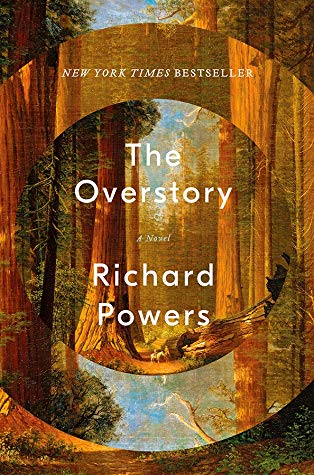

At a time when literary convention favors novelists who write narrowly about personal experience, Powers’s ambit is refreshingly unfashionable, restoring to the form an authority it has shirked. Powers is the rare American novelist writing in the grand realist tradition, daring to cast himself, in the critic Peter Brooks’s term, as a “historian of contemporary society.” He has the courage and intellectual stamina to explore our most complex social questions with originality, nuance, and an innate skepticism about dogma. The past and the future, it turns out, are mirror images of each other. In his tree-mad novel, which contains as many species as any North American forest-17 are named on the first page alone-trees speak, sing, experience pain, dream, remember the past, and predict the future. The chopping down of a tree causes those surrounding it to weaken, as if in mourning. When the roots of two Douglas firs meet underground, they fuse, joining vascular systems if one tree gets ill, the other cares for it. They are social creatures, caring for one another, communicating, learning, trading goods and services despite lacking a brain, trees are “aware.” After borers attack a sugar maple, it emits insecticides that warn its neighbors, which respond by intensifying their own defenses. And trees, Patricia discovers, look like people.

“P eople see better what looks like them,” observes the field biologist Patricia Westerford, one of the nine- nine-main characters of Richard Powers’s 12th novel, The Overstory.


 0 kommentar(er)
0 kommentar(er)
